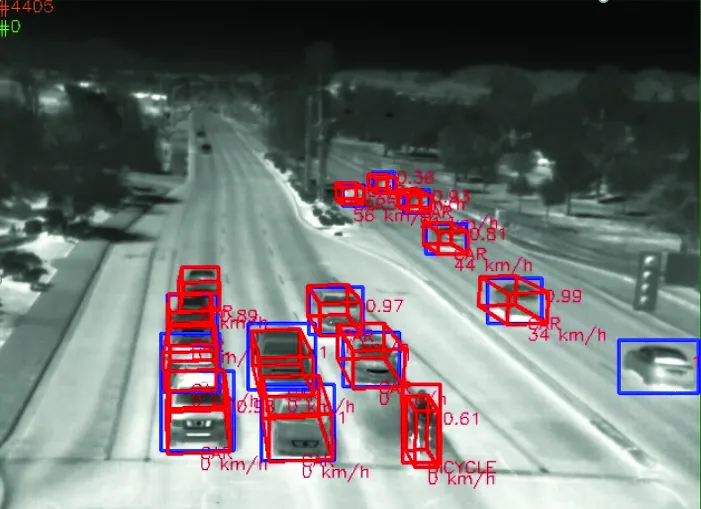In an effort to promote a healthy lifestyle and encourage cycling, the city of Liverpool in the UK has installed
The City is keen to make cycling easier and more convenient in the city and plans to invest in the creation of a network of safe cycle routes, improvements in safety training and enforcement, and ensuring that cycling is included in council policies.
The city developed a dedicated cycle scheme for Leeds Street, which links directly with The Strand, where the historic Waterfront and Three Graces are located. The scheme is funded by the Regional Growth Fund via the UK Department for Business, Innovation and Skills and includes road resurfacing, innovative traffic signals, LED street lighting, public realm regeneration, cycle and pedestrian facilities and capacity improvements.
On completion, the scheme should improve transport links by removing pinch points at junctions. It will also increase the capacity of the Leeds Street route, which links North Liverpool with the city’s commercial district.
Traffic signals at the two junctions display a green bike before the full green for other traffic, allowing cyclists a five second head start on other vehicles. The signal expires when the full green light comes on. The signals are powered by Flir ThermiCam sensors, which detect cyclists and distinguish them from other vehicles, meaning the advance lights are not used when there are no cyclists, avoiding delays to other road users.
ThermiCam uses the thermal energy emitted from vehicles and cyclists and is able sensor to detect vehicles and cycles in both daylight and darkness, over a long range and in difficult weather conditions. In Liverpool, the sensor transmits its cycle detection information to the traffic light controller to provide a more dynamic control of traffic lights, resulting in reduced vehicle idling time, improved traffic flow and improved safety and mobility for cyclists.
“The two junctions on Leeds Street were designed to make cyclists more confident in our city traffic and at the same time, increase awareness with motorists about the presence of cyclists,” says James Leeming, senior project manager at Liverpool City Council.
City of Liverpool relies on thermal imaging to boost cycling
In an effort to promote a healthy lifestyle and encourage cycling, the city of Liverpool in the UK has installed Flir’s thermal imaging technology to give cyclists a head start at two busy intersections and make cycling safer. The City is keen to make cycling easier and more convenient in the city and plans to invest in the creation of a network of safe cycle routes, improvements in safety training and enforcement, and ensuring that cycling is included in council policies.
April 22, 2016
Read time: 2 mins








